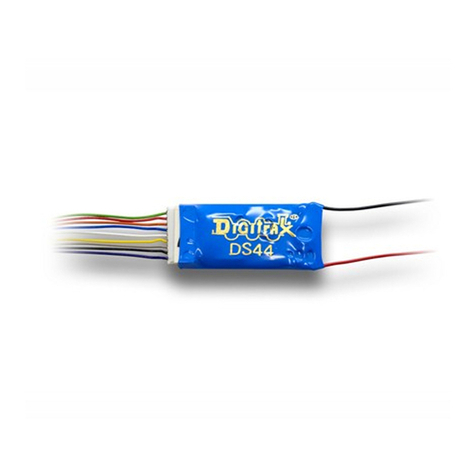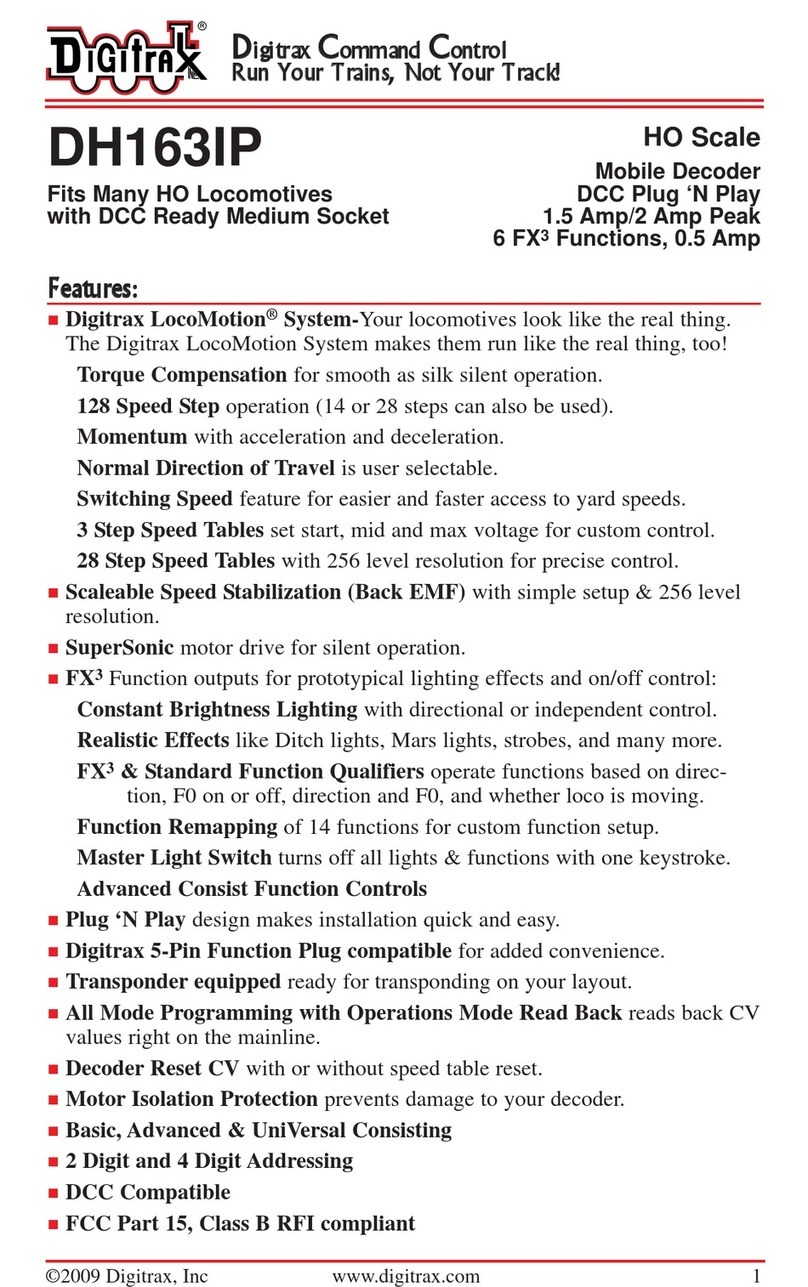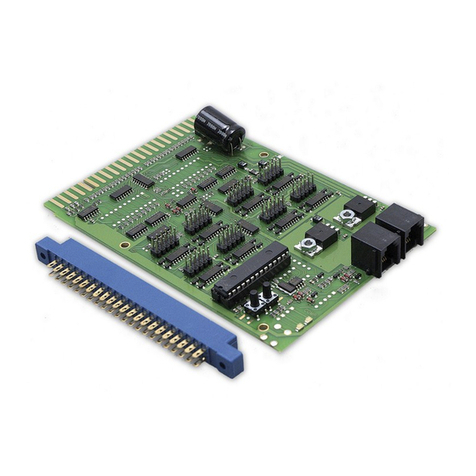Digitrax SoundFX SFX004 User manual
Other Digitrax Media Converter manuals
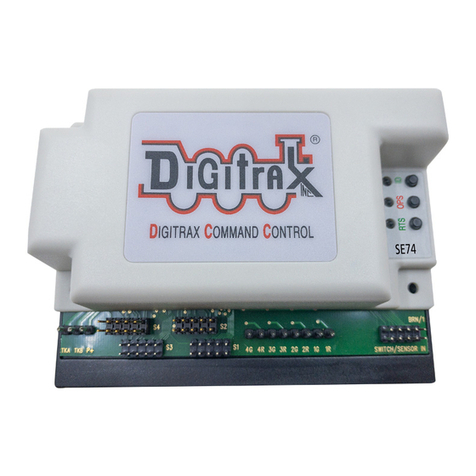
Digitrax
Digitrax SE74 User manual
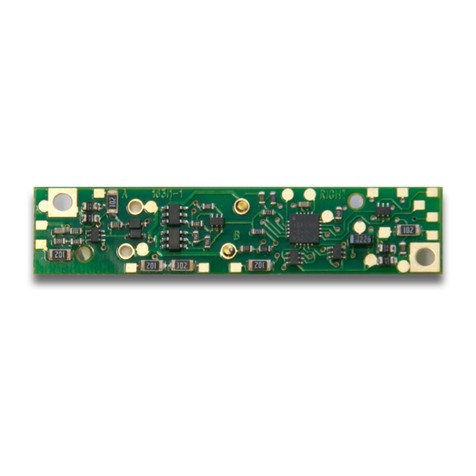
Digitrax
Digitrax DN163I1B User manual

Digitrax
Digitrax SoundFX SDN144A1 User manual

Digitrax
Digitrax DS64 User manual
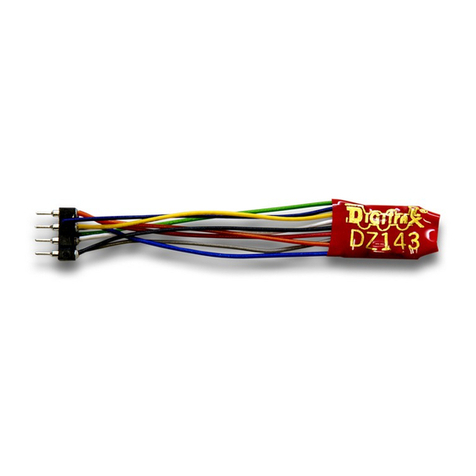
Digitrax
Digitrax DZ143 User manual
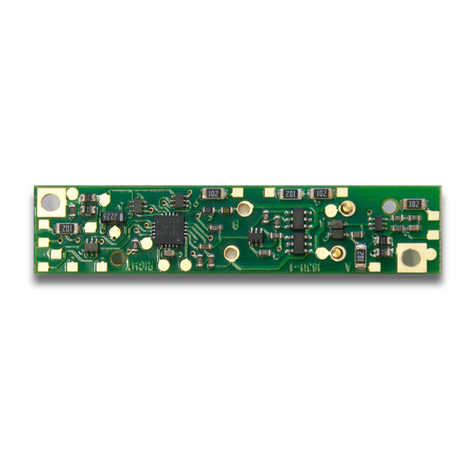
Digitrax
Digitrax DN166I1A User manual

Digitrax
Digitrax DZ123M0 User manual

Digitrax
Digitrax SDN144K1E User manual
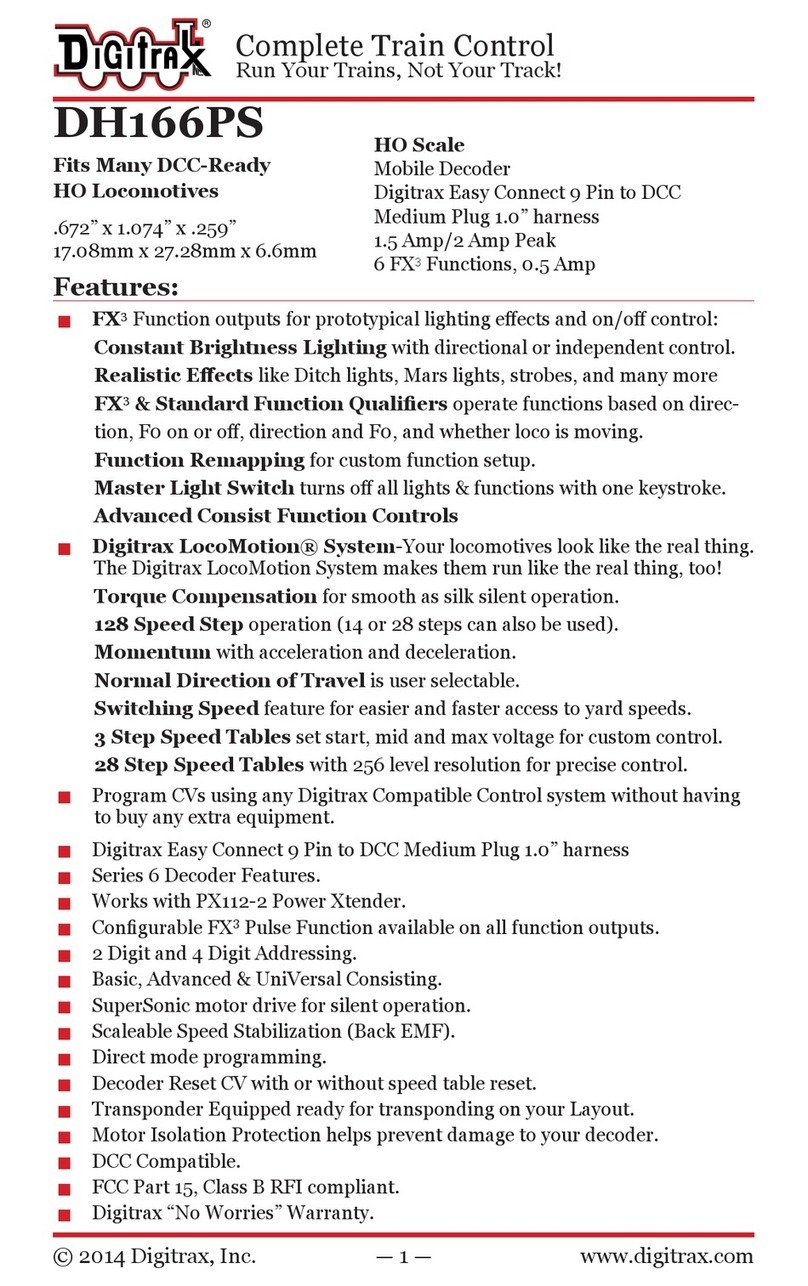
Digitrax
Digitrax DH166PS User manual

Digitrax
Digitrax SoundFX SDXN146K2 User manual

Digitrax
Digitrax SoundFX SFX064D User manual
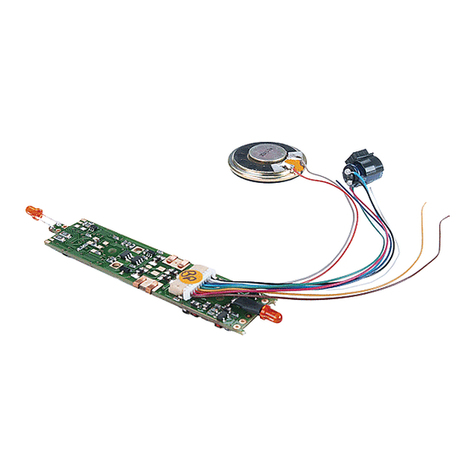
Digitrax
Digitrax SDH104K1A User manual
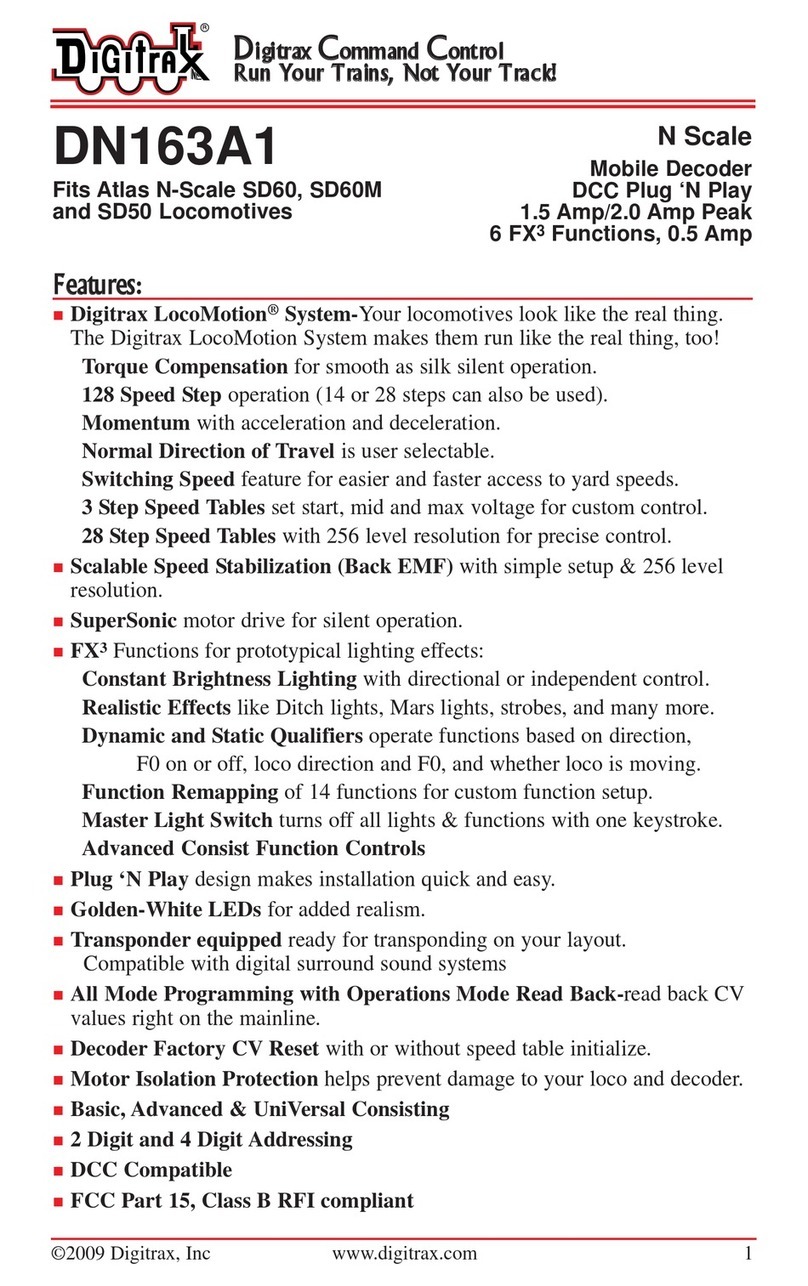
Digitrax
Digitrax DN163A1 User manual
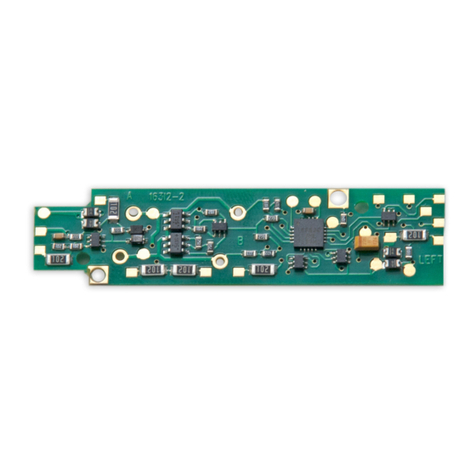
Digitrax
Digitrax DN163I2 User manual

Digitrax
Digitrax PR3 XtRa User manual
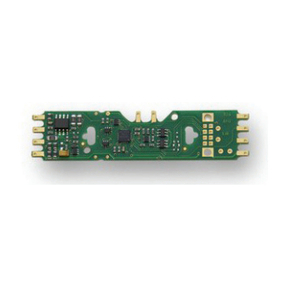
Digitrax
Digitrax 3 Series User manual
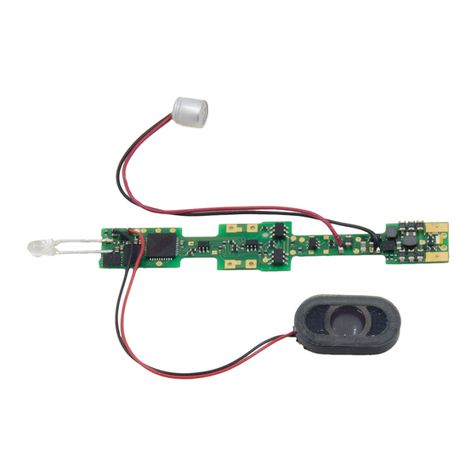
Digitrax
Digitrax SoundFX SDXN146K1E User manual

Digitrax
Digitrax DH165K1A User manual

Digitrax
Digitrax DH123PS User manual

Digitrax
Digitrax DN163I1C User manual
Popular Media Converter manuals by other brands

H&B
H&B TX-100 Installation and instruction manual

Bolin Technology
Bolin Technology D Series user manual

IFM Electronic
IFM Electronic Efector 400 RN30 Series Device manual

GRASS VALLEY
GRASS VALLEY KUDOSPRO ULC2000 user manual

Linear Technology
Linear Technology DC1523A Demo Manual

Lika
Lika ROTAPULS I28 Series quick start guide

Weidmuller
Weidmuller IE-MC-VL Series Hardware installation guide

Optical Systems Design
Optical Systems Design OSD2139 Series Operator's manual

Tema Telecomunicazioni
Tema Telecomunicazioni AD615/S product manual

KTI Networks
KTI Networks KGC-352 Series installation guide

Gira
Gira 0588 Series operating instructions

Lika
Lika SFA-5000-FD user guide





